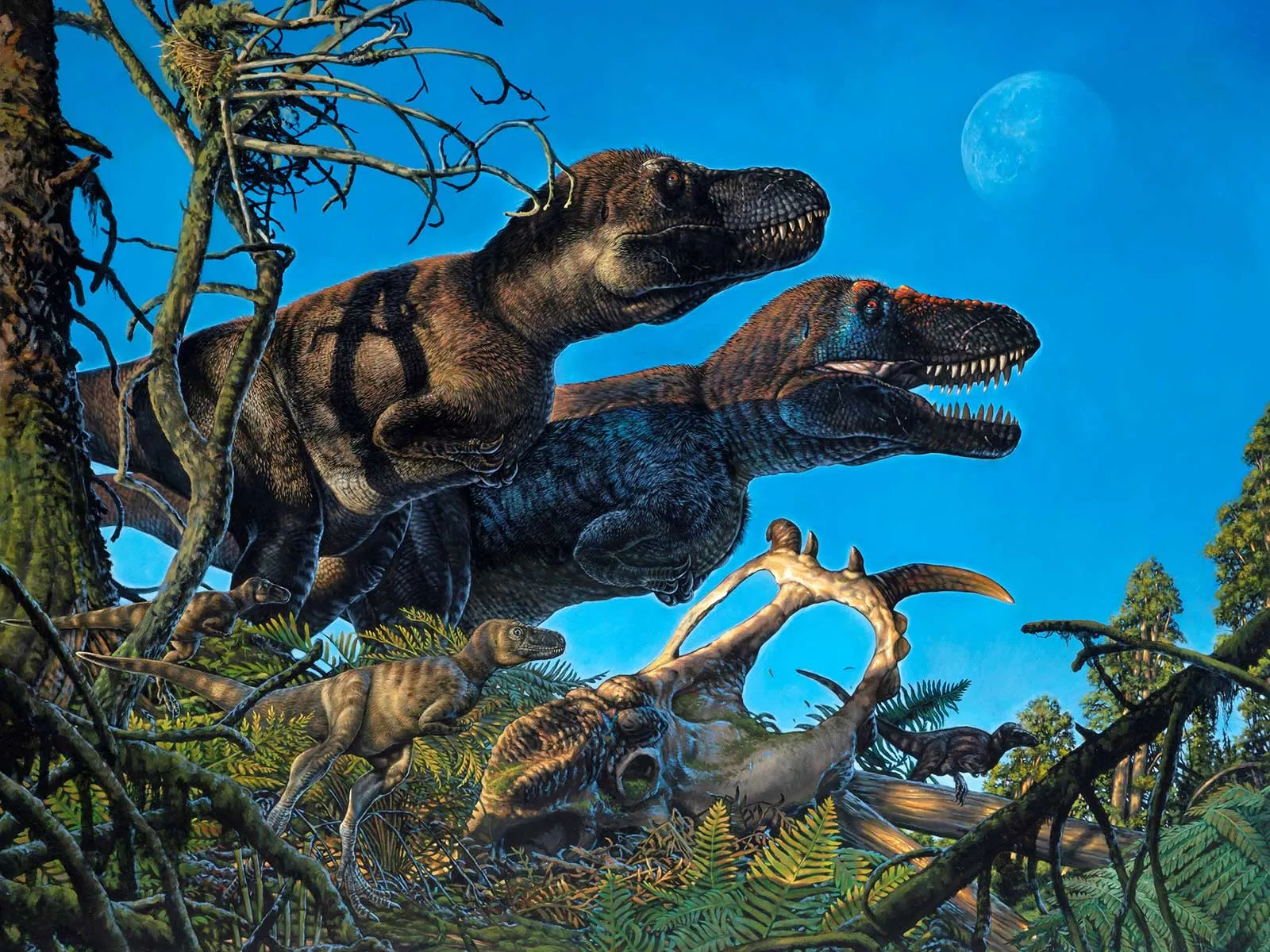Welcome to Learn to Astronomy! In this article, we dive into one of the most intriguing mysteries of our planet’s history: the meteorite that wiped out the dinosaurs. Discover the name of this catastrophic celestial invader and unearth the profound impact it had on our world. Join us on this thrilling journey through time and space.
The Infamous Meteorite: Unveiling the Culprit Behind the Dinosaurs’ Demise
The Infamous Meteorite: Unveiling the Culprit Behind the Dinosaurs’ Demise
Astronomy has played a crucial role in deciphering the mysteries of our universe and understanding the events that have shaped Earth’s history. One of the most significant discoveries in the field of astronomy is the role of a massive meteorite in the extinction of dinosaurs.
The asteroid impact theory, proposed by scientists in the late 20th century, suggests that a massive space rock, approximately 10 kilometers in diameter, collided with Earth around 65 million years ago. This catastrophic event caused widespread devastation, leading to the extinction of more than 75% of all species on the planet, including the dinosaurs.
Evidence supporting this theory was first found by geologist Walter Alvarez and his team in the early 1980s. They discovered a thin layer of sedimentary rock containing unusually high concentrations of the element iridium. This finding was remarkable because iridium is rare on Earth’s surface but abundant in extraterrestrial objects such as meteorites.
Further investigations revealed a 200-kilometer-wide crater buried beneath the Yucatan Peninsula in Mexico, known as the Chicxulub crater. This discovery provided concrete evidence linking the impact of the meteorite to the mass extinction event.
The immense energy released during the impact would have triggered a series of catastrophic events. The initial impact itself would have caused massive explosions, earthquakes, and tsunamis. The dust and debris injected into the atmosphere would have blocked sunlight, leading to a prolonged period of darkness and a global drop in temperature, known as an impact winter. This would have severely disrupted the delicate balance of ecosystems worldwide, ultimately leading to the extinction of many species.
The direct impact of the meteorite, coupled with the long-term consequences it generated, provides a clear explanation for the sudden disappearance of the dinosaurs from the fossil record. The astronomical evidence has revolutionized our understanding of Earth’s history and emphasized the significance of celestial events in shaping the planet.
In conclusion, the discovery of the infamous meteorite and its role in the demise of the dinosaurs showcases the incredible contributions of astronomy in unraveling the mysteries of our planet’s past. This breakthrough further emphasizes the interconnectivity between celestial bodies and the intricate web of life on Earth.
What If Titanoboa Snake Didn’t Go Extinct?
[arve url=”https://www.youtube.com/embed/YjB0EtL6iUw”/]
What did the dinosaurs see before the Chicxulub impact ?
[arve url=”https://www.youtube.com/embed/J0tCK2c4L7s”/]
Preguntas Frecuentes
What is the specific name of the meteorite that caused the extinction of dinosaurs?
The specific name of the meteorite that caused the extinction of dinosaurs is the Chicxulub impactor.
Can you provide details about the meteorite responsible for the demise of dinosaurs?
The meteorite responsible for the demise of dinosaurs is known as the Chicxulub impactor. It is believed to have been a massive asteroid or comet that struck the Earth approximately 66 million years ago. The impact occurred near the present-day town of Chicxulub in Mexico’s Yucatan Peninsula.
The Chicxulub impactor is estimated to have been about 10 kilometers (6 miles) in diameter, and its collision with the Earth had catastrophic consequences. The tremendous amount of energy released upon impact caused widespread devastation, resulting in the extinction of around 75% of all species on Earth, including the dinosaurs.
The impact generated an enormous crater, now buried beneath sediments, which measures about 180 kilometers (110 miles) in diameter. Evidence of this impact includes the presence of shocked quartz and a worldwide layer of sediment enriched in iridium, a rare element in Earth’s crust but common in asteroids and comets. This evidence supports the theory that the Chicxulub impactor was the primary cause of the mass extinction event at the end of the Cretaceous period.
The impact would have released an immense amount of dust, debris, and gases into the atmosphere, causing global climate disruption. The ensuing darkness, prolonged cooling, acid rain, and reduced photosynthesis likely led to the collapse of ecosystems and the eventual extinction of many species, including the dinosaurs. The aftermath of the impact also triggered wildfires, tsunamis, and earthquakes, further adding to the destruction.
Our understanding of the Chicxulub impact has been greatly advanced through the study of the impact structure itself, as well as through geological and fossil records. Scientists continue to explore the implications of this cataclysmic event in Earth’s history, shedding light on the processes that shape our planet and the impact of extraterrestrial objects on life as we know it.
What is the official scientific name given to the meteorite which led to the extinction event that wiped out the dinosaurs?
The official scientific name given to the meteorite that led to the extinction event wiping out the dinosaurs is **Chicxulub**.
In conclusion, the meteorite that is believed to have caused the extinction of dinosaurs is known as the Chicxulub impactor. This enormous celestial rock crashed into Earth approximately 66 million years ago, leaving a devastating impact on the planet’s ecosystem. The aftermath of the Chicxulub event led to the extinction of not only the dinosaurs but also many other species on Earth. The discovery and understanding of this cataclysmic event have greatly contributed to our knowledge and study of astronomy and planetary history. The Chicxulub impactor serves as a reminder of the profound impact that celestial bodies can have on our planet and the importance of continued research and exploration in the field of astronomy.

